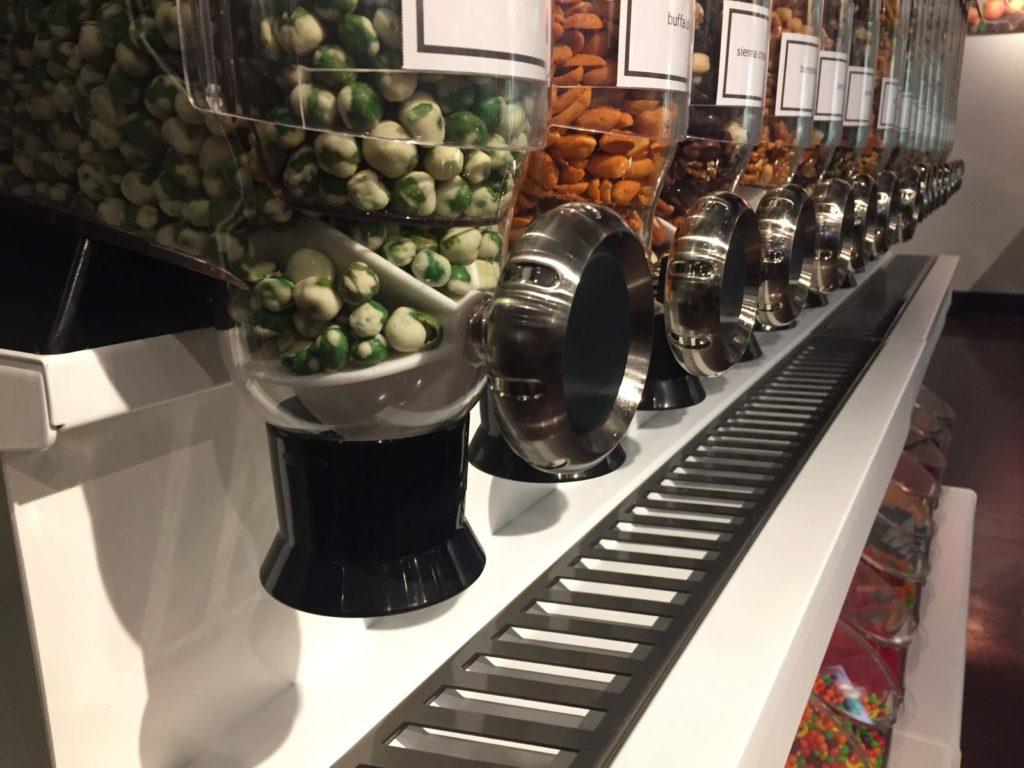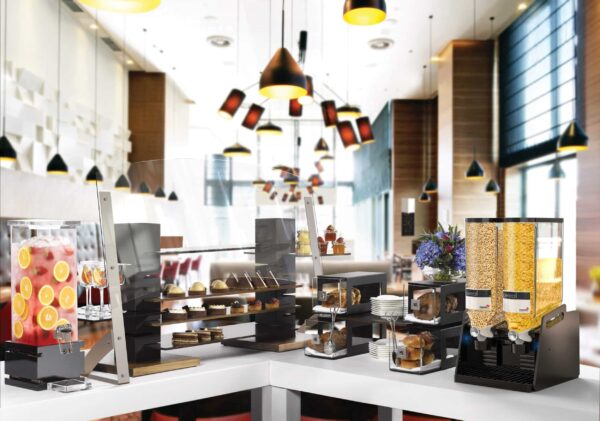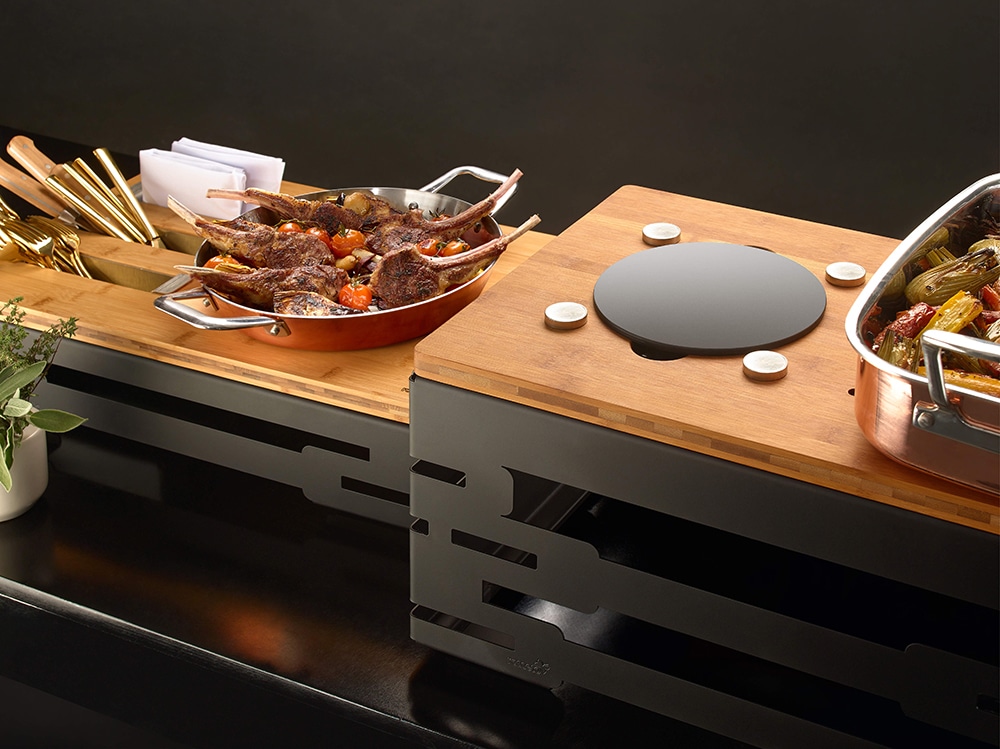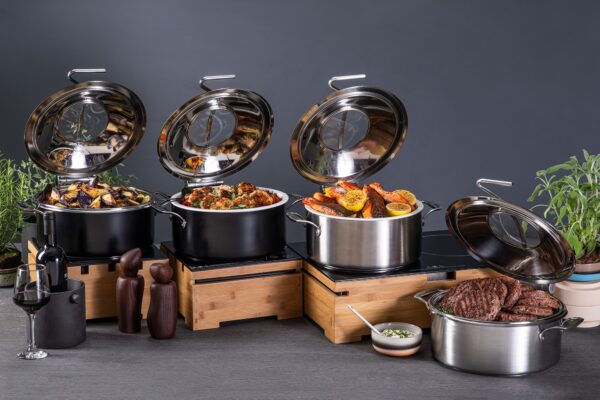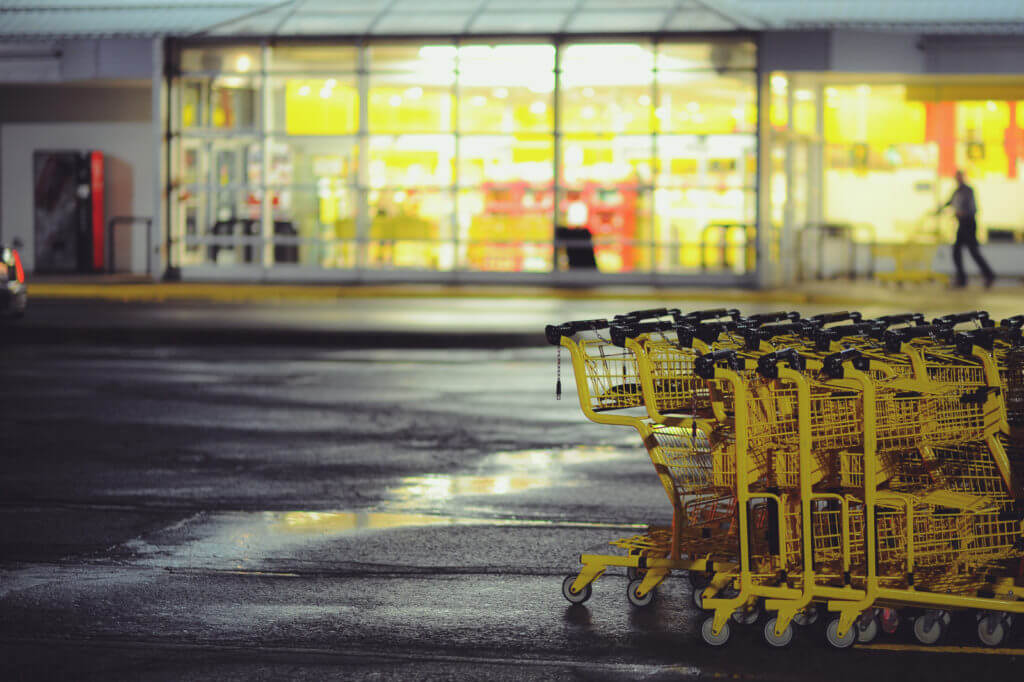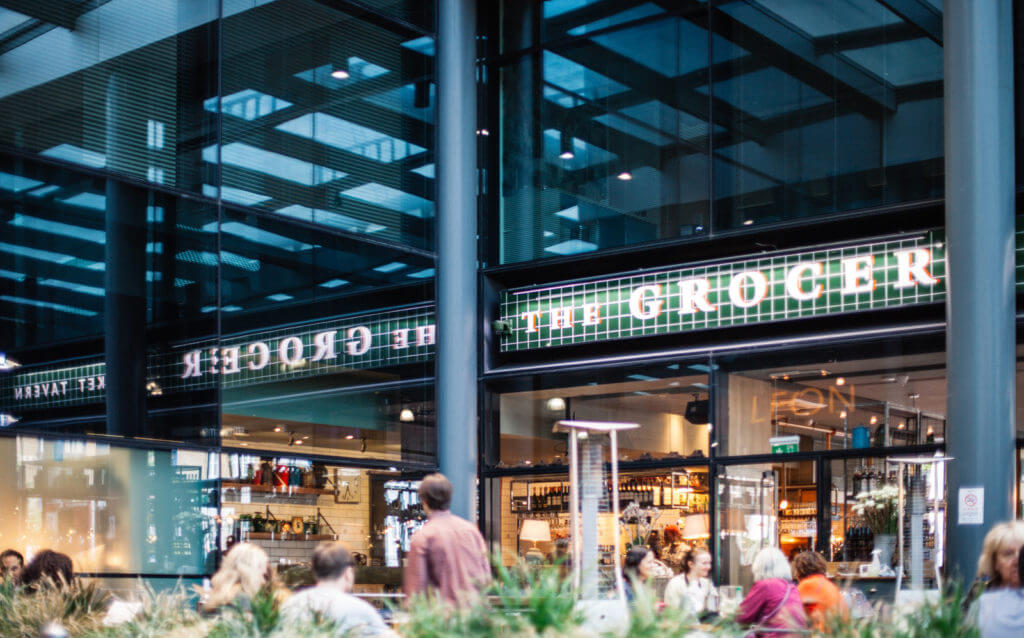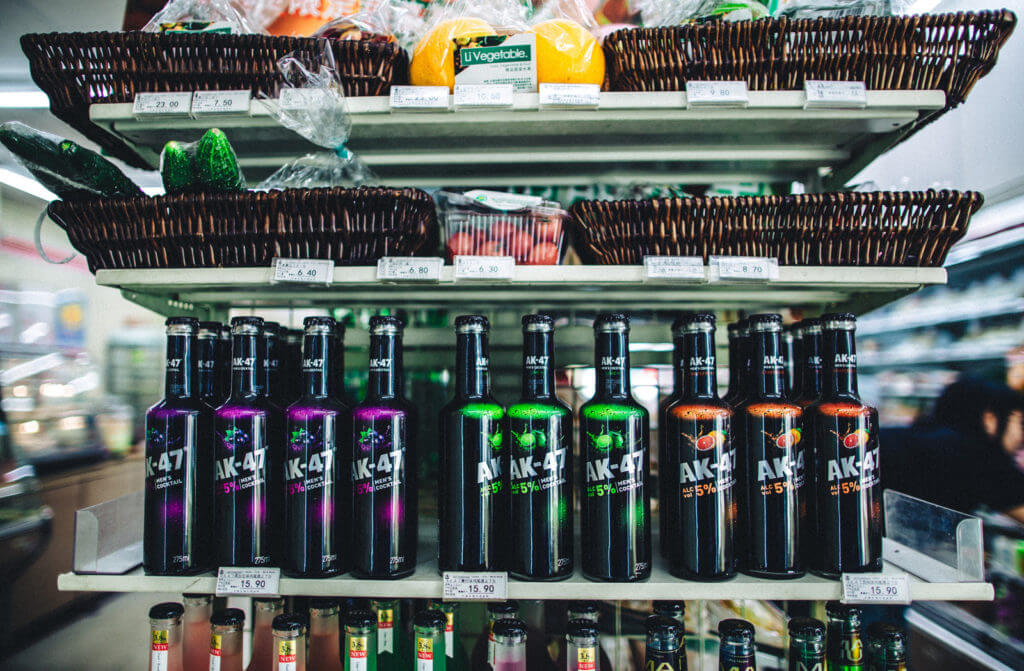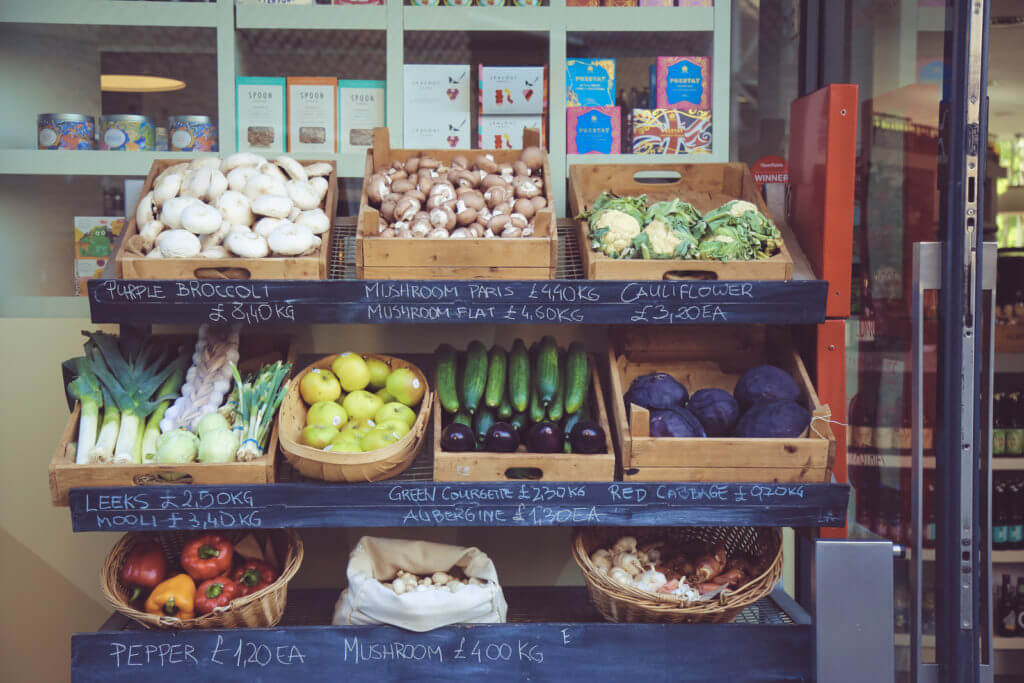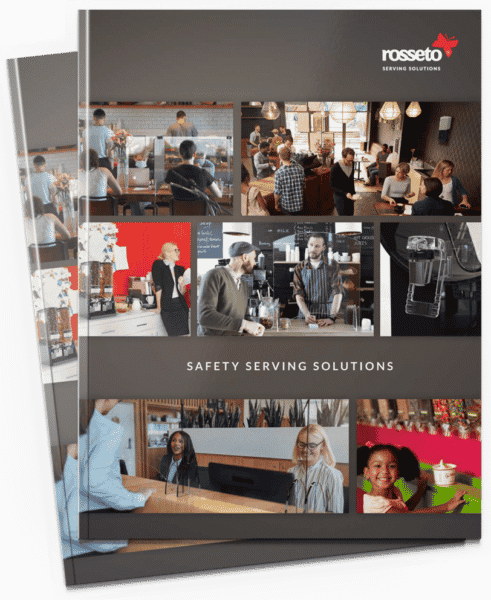Just like you shouldn’t go grocery shopping when you’re hungry, you’re not supposed to take your time at the supermarket. It’s get in, get what you need and get out, or you risk an impulse purchase. It’s no wonder shopping cart gridlock is a common sight on nights and weekends; everyone has the same mindset.
In recent years, however, grocery, convenience and retail stores have been encouraging customers to slow down. It’s about time: store owners know that when customers shop at a slower, more relaxed pace, they spend more.
However, there’s more to this trend beyond its money-making potential. Slow shopping makes the task easier on the elderly and disabled and also changes its perception from necessary chore to pleasurable activity.
What Is Slow Shopping?
Slow shopping is just what it sounds like: a concept from retail and grocery stores that encourages customers to slow down and not rush through the store.
“Adherents believe that browsing in a store should be a leisurely and enriching experience that’s not overly focused on buying something,” Ellen Byron at The Wall Street Journal writes. “To entice shoppers to spend more time, boutiques and national chains are adding libraries, art installations, performance spaces and cozy lounges to encourage shoppers to hang around and enjoy themselves.”
Some grocery stores have been doing this for years. Wegmans, for example, has its own beer café and plenty of places to sit, have a drink (or a meal), catch up and generally relax after the hustle and bustle of shopping, Sue Gleiter at the Pennsylvania news resource PennLive writes.
Earlier this year, we discussed how Waitrose in the UK has its own freshly prepared sushi bar and how retail brand Target tried serving cocktails to its Chicago customers. The trends that have given rise to slow shopping have been in place for some time.
So why take the trouble to keep customers on the site, even when they’re not actively buying? “It [slow shopping] is basically an admission that transactions are usually much faster and more conveniently done online and so stores have to offer something else to entice shoppers,” Byron says.
Where Did It Come From?
Millennials drive many trends today, and slow shopping is one. Melissa Fulenwider at Business Today says it’s the millennials’ tendency to go to live events, like festivals, concerts and parties, that is a driving force behind the recreation of fun, festive atmospheres in stores.
“According to a recent study on luxury retailing from the Fashion Institute of Technology’s (FIT) graduate degree program for beauty industry executives, the trend is partly driven by the increased preferences for experiences over luxury purchases coming out of the last recession,” Tom Ryan at RetailWire writes.
Of course, slow shopping is about more than just millennials. In the UK, there is a movement of the same name that “is aimed at anyone who needs more time and presents a space in which it is safe to take time to think,” says Slow Shopping.org. Their services are intended for disabled shoppers, elderly customers with dementia, people who may not be skilled at reading as well as those with anxiety.
Slow shopping appeals to millennials and other shoppers because it puts the focus back on experiences over physical things. It’s also good for the elderly and those with anxiety because it reduces the stress and pressure often associated with grocery shopping. Extra money aside, the concept is a win-win for grocers and c-store owners who want better customer satisfaction.
Which Grocery Stores Are Implementing Slow Shopping Concepts?
In addition to those mentioned above, other grocery stores are introducing shoppers to the benefits of a slower, more relaxed pace of shopping.
Sainsbury’s
With slow shopping growing in popularity in the UK, it’s no surprise major shopping retailer Sainsbury’s decided to embrace the concept. Louise Ridley at The Huffington Post UK says the store doesn’t offer slow shopping exclusively, but has select hours to accommodate disabled and/or older customers.
“Chairs will be placed at the end of aisles, and helpers will greet shoppers at the entrance and help them with their trip,” Ridley writes. “Chairs at the ends of aisles enable people who struggle to stand for a supermarket visit, or want to have a rest. Extra help points around the store will offer reassurance and advice.”
Asda
Like Sainsbury’s, UK grocery store Asda experimented with what it calls a quiet hour. Meant to help autistic and disabled customers, the grocer powers down all TVs, digital displays and music. Even the escalators are shut down.
In addition, “…customers were given a map of the store featuring pictures instead of words,” Samuel Osborne at UK news resource Independent writes.
Not only were these customers impressed with the special attention they received, but so were many other shoppers. Store manager Simon Lea spoke to Independent about the success of the quiet hour.
“It went really well,” Lea said. “The store was silent, and we had great feedback from the families who benefited. Now it will be a regular event for us — every Saturday. We have eight other stores on board now…who will be doing the same.”
Original Unverpackt
The first packaging-free supermarket in Berlin, Original Unverpackt, has been on our radar before. Its bulk gravity bins which prevent packaging waste were reported by Barber Design in 2014. Now this store has received positive attention again.
Hanna Westerlund at news resource Exberliner writes that between the ecofriendly containers (tubeless toothpaste, anyone?), the DIY element and rustic decor, OU is a great slow shopping store without even really trying.
Customers Are Slow Shopping Fans
Customers are positively impacted by slow shopping. Elderly shoppers can take breaks at their leisure and get help finding the items they need. Autistic customers aren’t distracted by bright flashing digital screens and can concentrate on shopping.
In 2012, researchers at Co-Op Food studied 2,000 shoppers, asking about their shopping habits, both grocery shopping and other shopping.
“In a supermarket environment, one third of females get themselves into a complete flap when they do their weekly shop,” writes Maysa Rawi at Daily Mail. “And this is despite being organized and armed with shopping lists, money-off coupons, tissues, vouchers and recycled carrier bags.”
Rawi goes on to say men don’t experience the same phenomenon. In fact, they’re more relaxed about shopping in general. “Men are less forgetful about what they want to buy, are less likely to feel rushed by the cashiers and are more methodical at the checkouts.”
In short, many women find grocery shopping stressful. When stores go above and beyond to make the process more enjoyable for the customer, both stores and customers benefit. Customers will shop more slowly and may be likely to spend more money. They may also develop brand loyalty, which benefits the store.
What Is the Future of Grocery and Convenience Store Shopping?
Grocery stores and convenience stores must continue diversifying in the future to maintain their appeal. Donna Berry at Food Business News wrote about food industry trends for 2016. In her research, she discovered many grocery shoppers don’t just go to one store anymore, but may instead shop at a grocery store and a limited assortment retailer, a club store or a supercenter to check off everything on their list.
In fact, these alternate stores are almost more preferable than traditional grocery stores, Berry reports. She pointed to a 2016 Food Marketing Institute survey, which found that 54 percent of respondents also shop at supercenters, up from 48 percent in 2015. Similarly, eight percent also visit c-stores compared to five percent in 2015; 20 percent go to dollar stores, up from 16 percent in 2015; 21 percent also shop at limited assortment stores in 2016, up three percent from 2015; and 38 percent stopped by conventional discount stores in 2016, up from 33 percent in 2015.
That is, of course, if the customer leaves home at all.
Online grocery shopping is increasing in popularity. In 2015, only about 11 percent of people polled by the FMI shopped online for groceries. However, by 2016, that number climbed to 15 percent. Millennials, between 18 and 37 years old, shopped online most often, with about 28 percent reporting doing so “fairly often” this year compared to 24 percent doing so “occasionally” in 2015.
Overall, grocery store owners and c-store owners may want to consider starting a slow shopping initiative for their store to attract more customers and keep them from doing all their shopping online or at alternate stores. Even if these stores just try slow shopping for a few hours as a test, they’ll be moving in the right direction.
images by:
Leonie Wise, Clem Onojeghuo, Wu Yi, Zivile & Arunas, Clark Young

